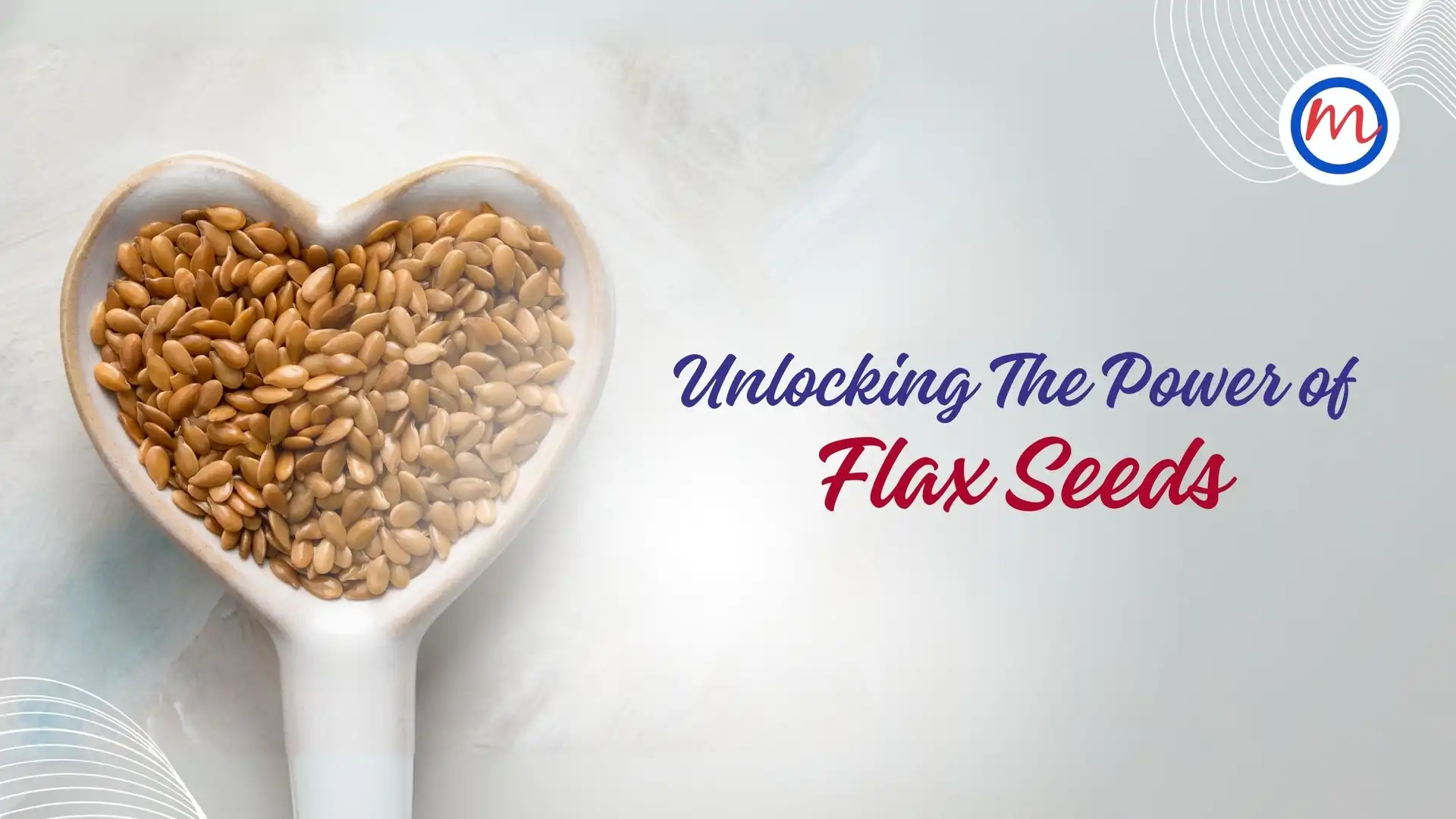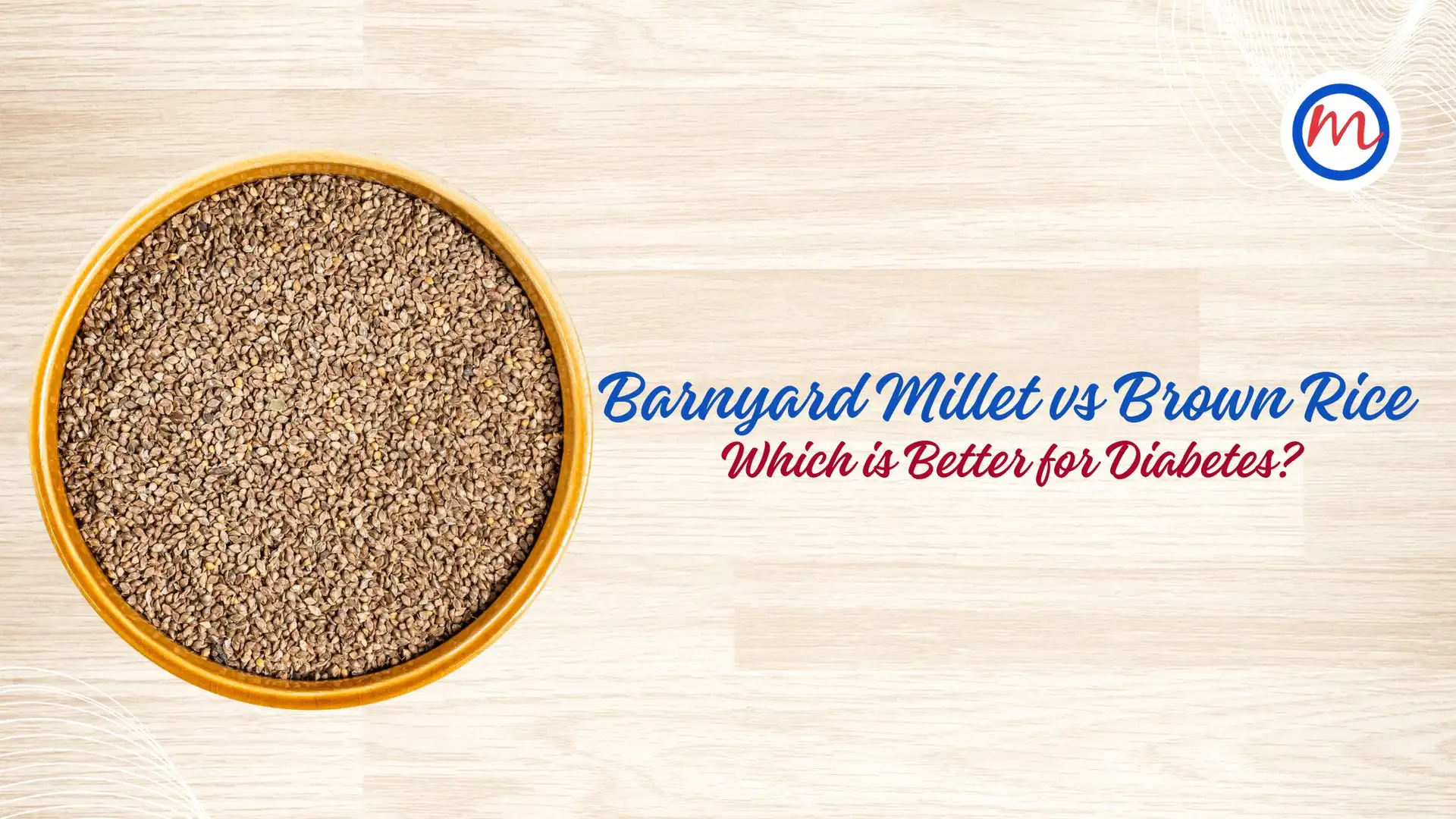Nutrition is one of the pillars in the management of diabetes. The diet should be individualized with respect to personal preference, one’s age, metabolic control and associated medical condition. The usage of technology like Continuous Glucose Monitoring (CGM) has been proven to be very effective in controlling blood sugars especially with respect to maintaining lifestyle changes like dietary modification.
INFLUENCE OF POSTPRANDIAL GLUCOSE (PPG)
Carbohydrates (Carbs) are the basic nutrients that raise blood glucose. Post-prandial glucose (PPG) is an independent risk factor for diabetes, cardiovascular disease, and atherosclerosis(1). Glycemic variability (GV) reflects fluctuations in the glycemic profile and is therefore used increasingly for evaluating glycemic control.
The Expert Consensus Paper of the 2019 Advanced Technologies & Treatments for Diabetes (ATTD) Congress proposed standardized definitions in the target range of glucose levels as Time in Range (TIR) 70–180 mg/dl [3.9–10.0 mmol/l]) and recommended how much time glucose levels should remain in this range[2]. There are studies showing that increasing the TIR can reduce the risk of developing microvascular complications. The expert consensus of Battelino et al. also formulated recommendations for the time above the target range (time above range >180 mg/dl [10.0 mmol/l], pregnant women >140 mg/dl [7.8 mmol/l] and thus set a limit for PPG peaks.

USAGE OF CGM IN TAILORING THE DIET
CGM helps in analyzing the individual effects of the food since PPG is influenced by a variety of factors such as speed of the meal intake and its timing, previous physical activity, age, BMI, or endogenous factors such as hepatic glucose production, initial glucose levels, medication, etc. The consumed amount of the carb and the dose of the meal bolus can be regulated individually.
For eg., the consumption of high fat and high protein meals results in prolonged delayed postprandial hyperglycemia so that a higher delayed insulin dose might be needed than it would be the case with a high carb meal. CGM helps individuals with both Type 1 DM and Type 2 DM to alter their meal plans to lower postprandial glucose levels. It also helps to recognize foods that raise glucose levels. CGM allows people to try different foods and study the effect on their glycemic profile. They can accordingly change their eating patterns as well as exercise and dosing of medicine
USE OF CGM TO ANALYSE THE GLYCEMIC EXCURSIONS
Simple dietary changes can impact glycemic excursions throughout the day. This has been proven by a study conducted by our Madras Diabetes Research Foundation (MDRF).
One study compared the effects of brown rice, white rice and brown rice with legume diets on twenty-four-hour (24hr) glycemic and insulinemic responses among overweight Asian Indians. The percentage difference in the 5-day average incremental area under the curve (IUAC) was about 20% lower in the brown rice group compared to the white rice group and further decreased the glycemic response by 23% in the brown rice with legume group compared to the white rice group(3)

CONCLUSION:
In summary, changing your diet can help in reducing PPG levels. Glycemic Index and Glycemic load provide a way of assessing the influence of food on glucose levels but there are limitations that prevent them from being used on regular basis. CGM can provide support for personalized dietary adjustment and can help in glycemic control. CGM allows the individual to understand the body’s response to different meals and helps them to change the dietary habits, physical activity, dose of anti-diabetic medicine and help in achieving good glycemic control.
REFERENCES
- Gallwitz B. Implications of postprandial glucose and weight control in people with type 2 diabetes: understanding and implementing the International Diabetes Federation guidelines. Diabetes Care 2009;32(Suppl 2):S322–325
- Battelino T, Danne T, Bergenstal RM, et al. Clinical targets for continuous glucose monitoring data interpretation: recommendations from the international consensus on time in range. Diabetes Care 2019;42:1593–603
- Viswanathan Mohan, Donna Spiegelman, Vasudevan Sudha, Rajagopal Gayathri, Biling Hong, Kallingal Praseena, Ranjit Mohan Anjana, Nicole M. Wedick, , Kokila Arumugam, Vasanti Malik, Sabitha Ramachandran, Mookambika Ramya Bai, Jeya Kumar Henry, Frank B. Hu,Walter Willett, and Kamala Krishnaswamy. Effect of Brown Rice, White Rice, and Brown Rice with Legumes on Blood Glucose and Insulin Responses in Overweight Asian Indians: A Randomized Controlled Trial. Diabetes Technology &Therapeutics 2014;16: No5.


